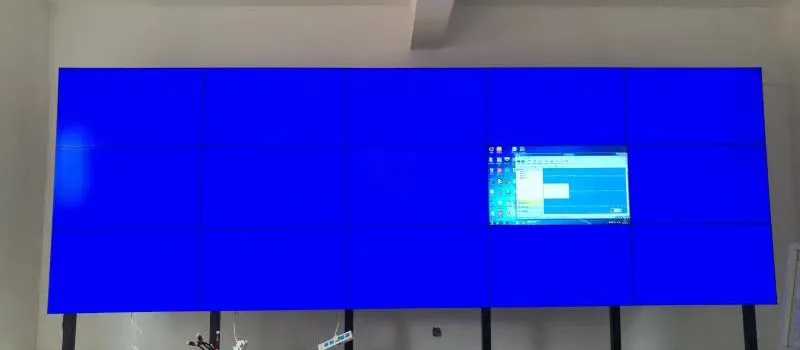As we all know, splicing screen has become one of the mainstream products in the display industry, and its wide application in indoors is no less than that of the original LED, occupying almost half of the large display screen, attracting a large number of splicing screens and related practitioners. The peripheral processing equipment of the splicing screen, such as the processor, high-definition matrix, network decoding matrix, HDMI matrix, hybrid matrix and other signal switching control equipment, is the core equipment of the entire splicing large screen system, and the matrix is also an important device for controlling the input and output of signals. How do they work and function differently? Here’s the basics of how Excel Display shows you the difference between processors and matrices:
1. Functions of splicing screen processor and HD mixing matrix
Due to the different working principles, the functions of the two systems are also different. The high-definition matrix can only be responsible for signal switching, and cannot process and produce effects. The large screen splicing screen processor is very powerful. It has matrix, functions, and can also achieve arbitrary windowing, roaming, overlay, scene saving and rotation. It also has special effects mask, video overlay, custom logo, system intelligent detection, multi-screen interaction and other functions. The HD hybrid matrix has different functions from the splicing screen processor and plays a different role in the system integration project. Users can choose and match according to their own needs, or they can jointly control.
2. Working principle of splicing screen processor and HD mixing matrix
First of all, the splicing screen mixing matrix is to switch and output multiple input signals to multiple display devices. In general, the number of input signals is greater than the number of output signals. For example, if we want to monitor the signals of 100 cameras on 9 monitors at the same time, we can use the matrix to alternately display different signal images through the signal switching function of the matrix. The types of the matrix include VGA matrix, AV matrix, RGB matrix, DVI matrix, HDMI matrices, blend matrices, etc. When the input channel and output channel are switched with each other (such as LED, LCD, DLP, PDP), the input video can be displayed on a large logical screen spliced by multiple display units. Usually the number and type of input signals of the splicing screen splicing processor depends on the needs of users, and the number of output signals is equal to the number of display units.

